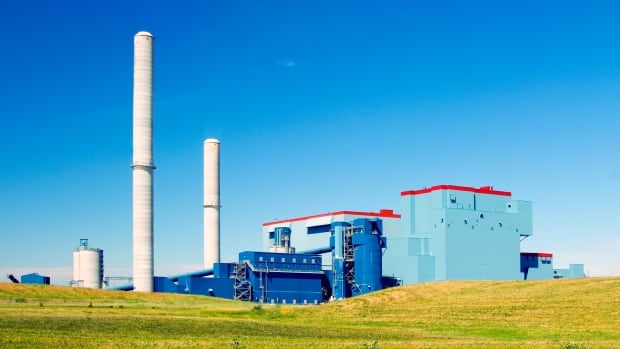Alberta used to rely on coal for the majority of its electricity generation but, for the first time in decades, its power grid has gone without any input from the two remaining coal plants in the province.
For several brief periods in 2024, those plants contributed zero electricity to the province’s grid, according to data from the Alberta Electric System Operator (AESO).
The first coal-free period came on Feb. 2.
For 11 hours that day, the grid drew no power from the Genesee 1 or Genesee 2 coal plants west of Edmonton.
It happened again in early March, says Blake Shaffer, an economist with the University of Calgary who specializes in electricity markets and tracks the data closely.
It’s a notable milestone, Shaffer said, as Alberta continues its “transformative” phaseout of coal power.
He said the province has been “long dominated both technically but also politically by coal power” and is now set to be “effectively off coal.”
When the Alberta government announced plans in 2015, under then NDP premier Rachel Notley, to completely phase out coal power by 2030, critics questioned whether it should — or could — be done.
“The industry was up in arms that it wasn’t possible,” Shaffer said.
“Even parts of the government were in disbelief. I think there was a general view that phasing out by 2030 would actually be very challenging, and yet here we are.”
The phaseout is now years ahead of schedule, in large part due to natural gas taking over much of the generation. Many coal plants were either replaced by gas plants or converted to burn natural gas instead.
Electricity generated from natural gas puts out roughly half the amount of greenhouse gas emissions as compared with coal.
Renewables have also picked up a lot of coal’s slack.
Combined output from wind, solar and hydro outpaced coal for the first time in 2022, according to an AESO report, accounting for 12.6 per cent of total generation in the province that year.
Renewable energy grew even more in 2023, when it accounted for 16.5 per cent of Alberta’s total generation, according to the AESO’s latest Market Statistics Report.
“In 2024, it is expected that the remaining coal assets will be converted to natural gas,” the report adds.
Capital Power has said it expects to convert its Genesee 1 and Genesee 2 units to natural gas later this year.
Shaffer noted there is still one “dual fuel” plant in Alberta — Capital Power’s Genesee 3 unit — which can burn both natural gas and coal.
“So if you want to be really technical, there’s potential that coal is being burnt out there; we don’t know,” he said. “But at least this was the first time [in decades] we’ve had zero generation from an exclusively coal-fired power plant.”
“By the end of September, we should have no more coal-fired power plants in the province,” Shaffer added.
“We may still have one plant that is capable of using dual fuel, but really it’s more than likely to be using gas. It may be depleting some stockpiles of coal that it has sitting there, but they’re certainly not mining any more coal specifically for that plant.”


